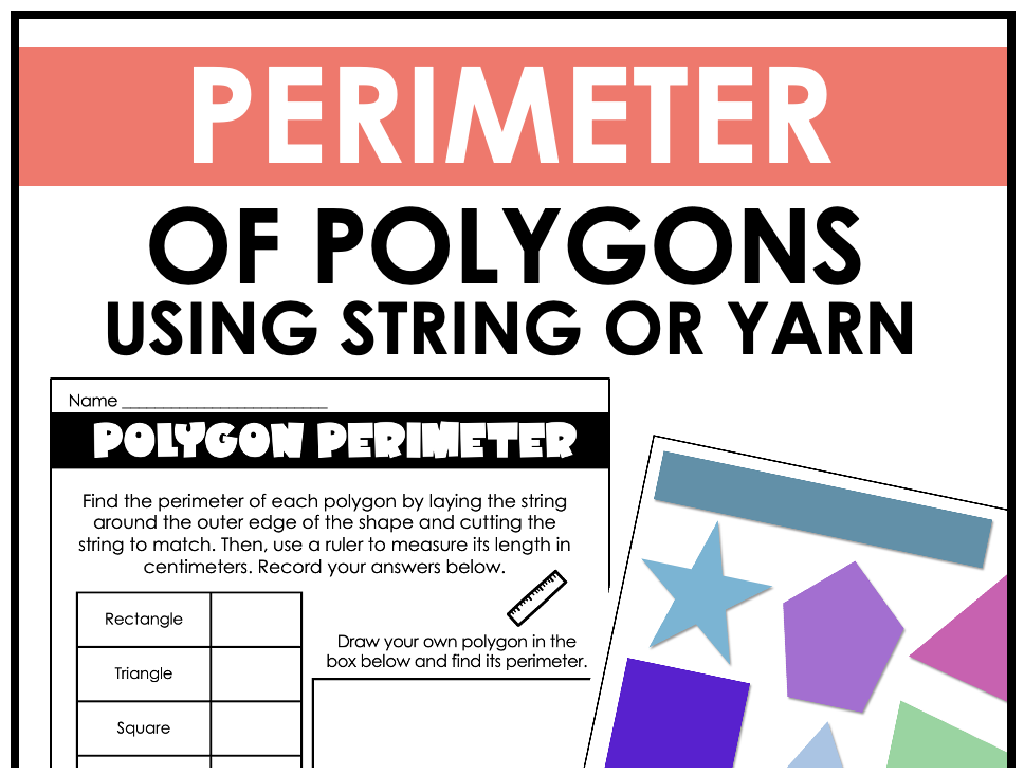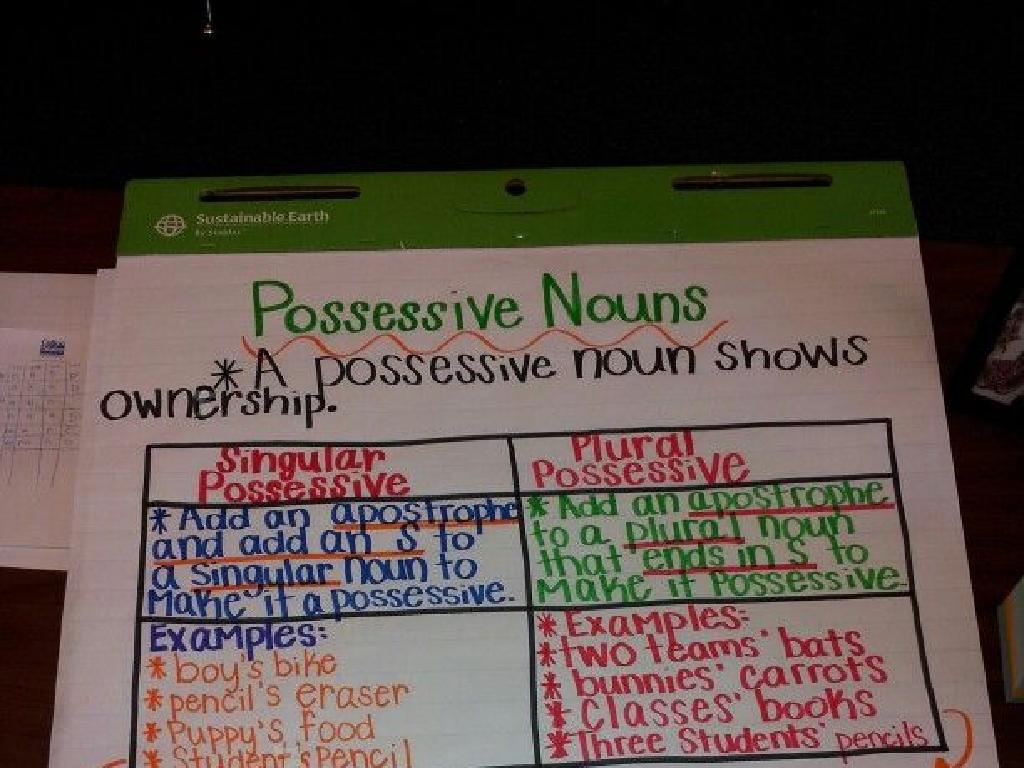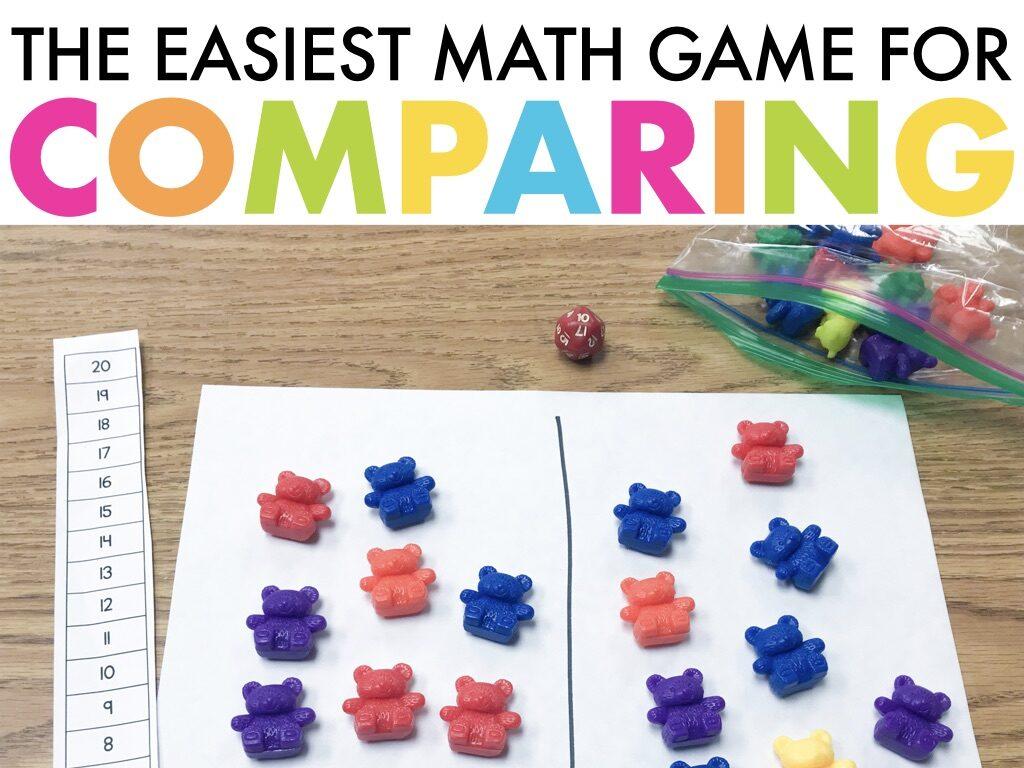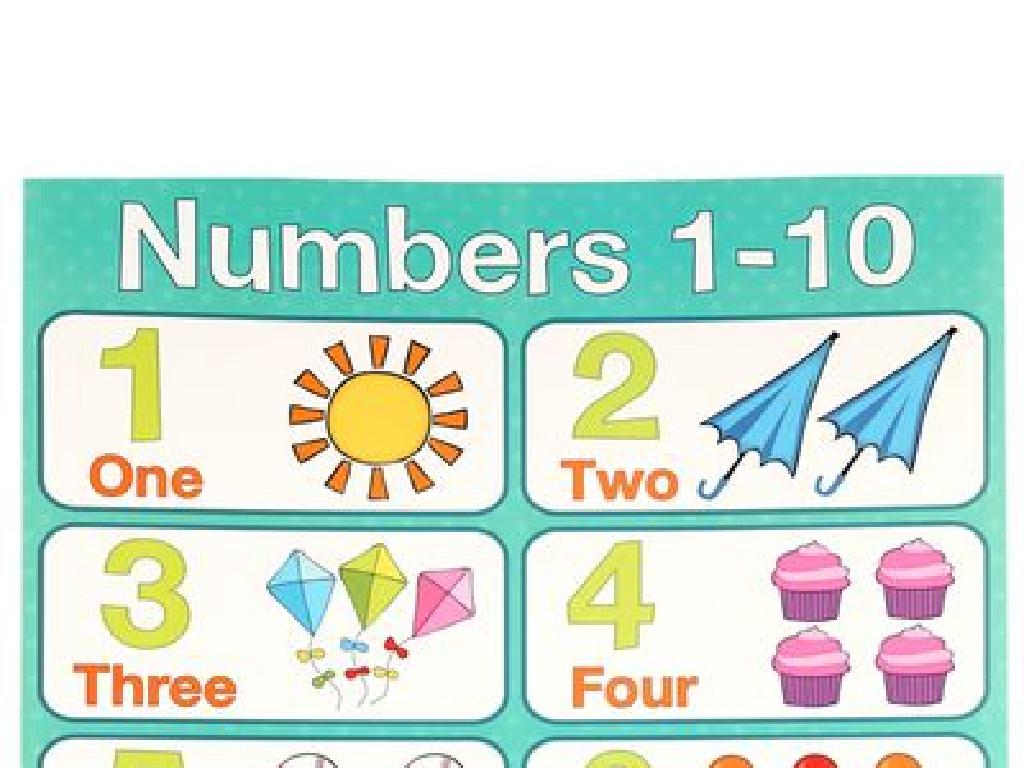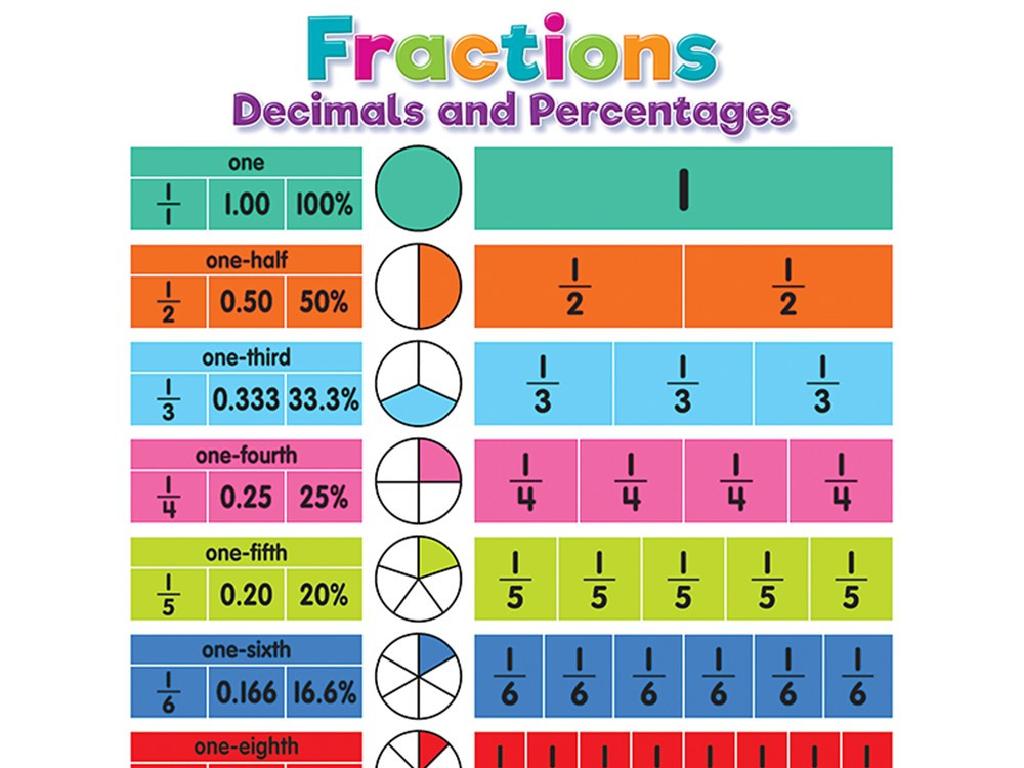Identify Changes In Gravitational Potential Energy
Subject: Science
Grade: Seventh grade
Topic: Kinetic And Potential Energy
Please LOG IN to download the presentation. Access is available to registered users only.
View More Content
Gravitational Potential Energy
– Energy defined: Capacity to do work
– Energy enables us to perform tasks and cause changes.
– Kinetic vs. Potential Energy
– Kinetic energy is motion energy, while potential energy is stored energy.
– Exploring Gravitational Potential
– Gravitational potential energy increases with height.
– Factors affecting Gravitational Energy
– Mass and height determine the amount of gravitational energy.
|
Begin the lesson by explaining the concept of energy as the ability to do work or cause change. Differentiate between kinetic energy, which is the energy of motion, and potential energy, which is stored energy. Focus the discussion on gravitational potential energy, emphasizing that it is the energy an object possesses due to its position above the ground. Explain that the higher an object is, the greater its gravitational potential energy. Highlight that two main factors, mass and height, affect how much gravitational potential energy an object has. Use examples relevant to seventh graders, such as a roller coaster at the top of a hill or a book on a high shelf, to illustrate these concepts.
Exploring Kinetic Energy
– Kinetic Energy defined
– Energy due to an object’s motion
– Everyday examples of KE
– Cars moving, birds flying, balls rolling
– Kinetic Energy formula
– KE = 1/2 mv^2, where m is mass, v is velocity
– Applying KE in calculations
– Calculate KE for different moving objects
|
This slide introduces the concept of Kinetic Energy (KE) as a type of energy associated with the motion of an object. Use relatable examples like moving cars, flying birds, or rolling balls to illustrate the concept. Explain the formula for kinetic energy, KE = 1/2 mv^2, where ‘m’ stands for mass and ‘v’ for velocity, emphasizing that both the mass and the velocity of an object contribute to its kinetic energy. Encourage students to think of other examples of kinetic energy and consider how changing the mass or velocity of an object would affect its kinetic energy. Provide practice problems where students can apply the formula to calculate the kinetic energy of various objects.
Exploring Gravitational Potential Energy
– Definition of Potential Energy
– Energy that is stored and held in readiness
– Gravitational Potential Energy
– Energy an object possesses because of its height
– GPE Formula: GPE = mgh
– m = mass in kg, g = gravity, h = height in meters
– Factors affecting GPE
– Mass, gravity, and height determine GPE
|
This slide introduces the concept of potential energy as a form of stored energy, setting the stage for understanding gravitational potential energy (GPE) specifically. GPE is the energy held by an object because of its vertical position relative to a lower height. The formula GPE = mgh quantifies this energy, where ‘m’ stands for mass, ‘g’ for the acceleration due to gravity (9.8 m/s² on Earth), and ‘h’ for height above the ground. Emphasize that all three factors are crucial in determining the amount of GPE an object has. Provide examples such as a book on a shelf or a ball held in the air to illustrate GPE in everyday contexts. Encourage students to think of other examples where GPE might change and to consider how mass and height influence the energy stored in an object.
Gravitational Potential Energy (GPE) and Height
– Height increases GPE
– Roller coasters as an example
– Notice the GPE at the top vs. the bottom
– Pendulums demonstrate GPE changes
– The highest point has maximum GPE
– ‘Higher means more GPE’
– As an object is raised, GPE increases
|
This slide aims to help students understand how gravitational potential energy is affected by the height of an object. Use everyday examples like roller coasters, where the cars have the most GPE at the top of the track before descending, and pendulums, which have the most GPE at the peak of their swing. Explain that GPE is the energy held by an object because of its position relative to the ground; the higher it is, the more GPE it has. This concept is crucial for students to grasp as it forms the basis for understanding energy conservation and the relationship between potential and kinetic energy. Encourage students to think of other examples where height affects energy and to consider the implications in real-world scenarios such as ski jumps.
Calculating Gravitational Potential Energy (GPE)
– Learn the GPE formula
GPE = mass (kg) * height (m) * gravity (9.8 m/s^2)
– Classroom example with a book
Calculate GPE for a book placed on a shelf at different heights.
– Calculate GPE of various objects
Choose objects and find their mass and height to calculate GPE.
– Interactive student calculations
|
This slide introduces the concept of Gravitational Potential Energy (GPE) and how to calculate it using the formula GPE = mass * height * gravity, where gravity is 9.8 m/s^2 on Earth. Start with a classroom example by calculating the GPE of a book on a shelf, which will help students understand how height affects GPE. Then, engage students in an interactive activity where they select objects around the classroom, measure their mass and height, and calculate the GPE. This hands-on experience reinforces their understanding of the concept and demonstrates how GPE is present in everyday situations. Provide guidance on measuring mass and height accurately and ensure that students understand the units involved in the calculations.
Energy Transformation: Potential to Kinetic
– Understanding energy transformation
Energy can change from stored (potential) to motion (kinetic).
– Diving board example
As a diver jumps, potential energy decreases while kinetic energy increases.
– Graphs show energy change
Graphs can visually represent how energy changes over time.
– Significance in real life
|
This slide aims to explain the concept of energy transformation, specifically how potential energy is converted into kinetic energy. Use the example of a diver on a diving board to illustrate this concept: as the diver is still at the top of the board, they have maximum potential energy. When they jump and start falling, this potential energy is converted into kinetic energy, which is the energy of motion. Graphs are a useful tool to visualize this energy change, showing the relationship between height, potential energy, and kinetic energy as the diver moves. Emphasize the importance of understanding energy transformation in real-life scenarios and encourage students to think of other examples where they observe potential energy converting into kinetic energy.
Class Activity: Energy Scavenger Hunt
– List items at different heights
– Estimate their Gravitational Potential Energy (GPE)
– Use the formula GPE = mgh, where m is mass, g is gravity, and h is height
– Determine the highest GPE item
– Discuss reasons for GPE differences
– Consider factors like height and mass
|
This interactive class activity is designed to help students apply their knowledge of gravitational potential energy in a practical setting. Students will search the classroom for items placed at various heights, list them, and then use the formula GPE = mgh to estimate the gravitational potential energy of each item. They should consider the mass of the items and their height from the ground. After estimating, students will discuss which item has the most GPE and explore the reasons behind this, such as the item’s mass and its height. This activity will reinforce the concept that the higher and heavier an object is, the more gravitational potential energy it has. Possible variations of the activity could include comparing items of similar heights but different masses, or vice versa, to deepen the understanding of how mass and height affect GPE.
Conclusion: Gravitational Potential Energy
– Recap: Kinetic vs. Potential Energy
– Calculating Gravitational Potential Energy
GPE = m * g * h, where m is mass, g is gravity, and h is height
– Key formulas and concepts
Remember: Potential energy is stored energy, kinetic energy is energy of motion
– Open floor for Q&A session
|
As we wrap up today’s lesson, let’s review the main concepts. Kinetic energy is the energy an object has due to its motion, while potential energy is the energy stored within an object. Gravitational potential energy specifically refers to the energy an object possesses because of its position in a gravitational field. The formula to calculate it is GPE = m * g * h. Ensure students understand the variables in the formula: mass (m), acceleration due to gravity (g), and height (h) above the ground. Use this time to address any questions the students may have, clarifying concepts and calculations. Encourage them to think of examples and ask about scenarios where they can apply what they’ve learned.

